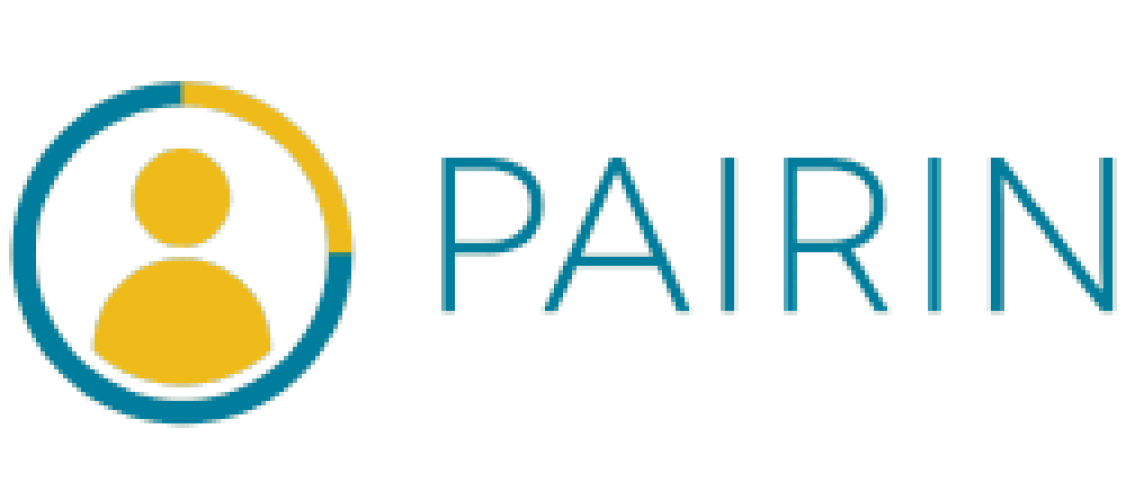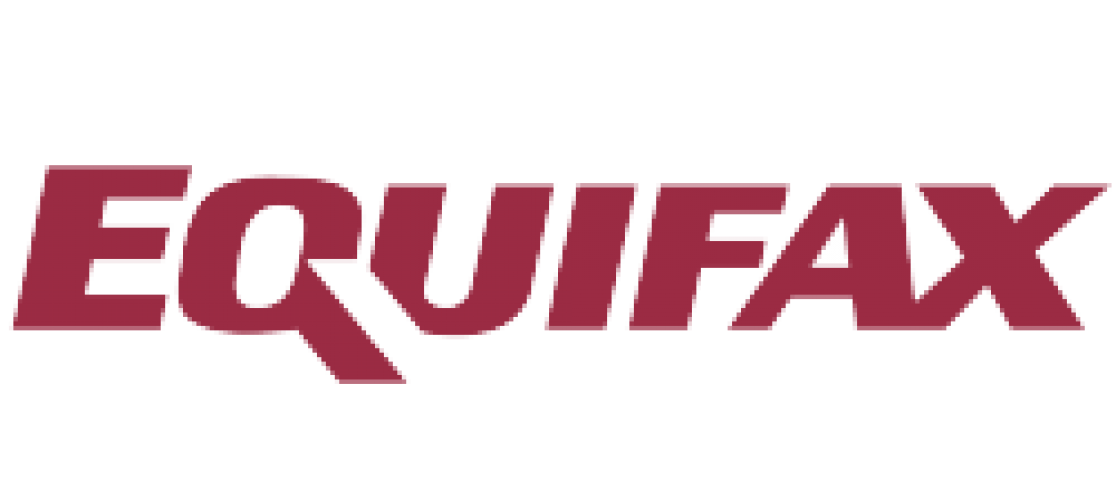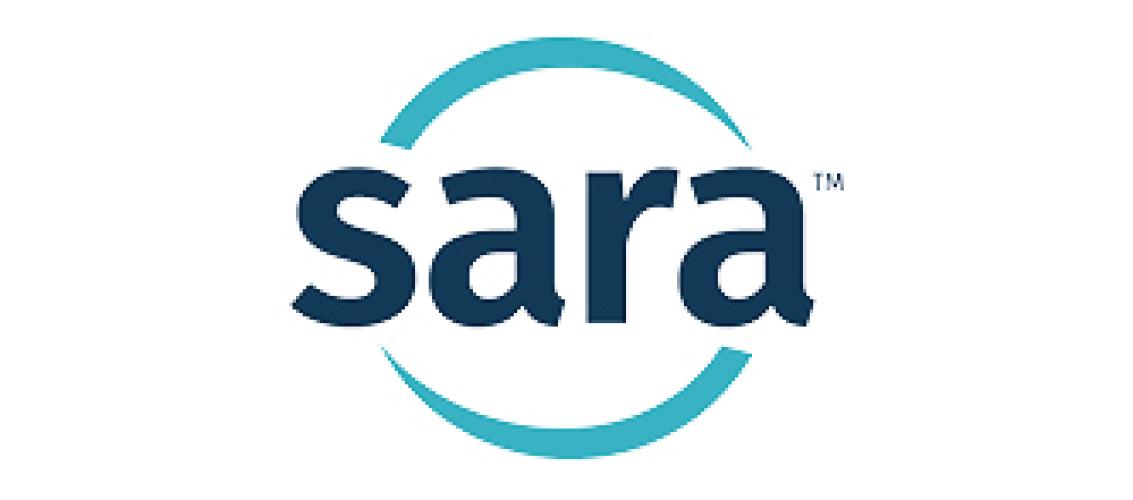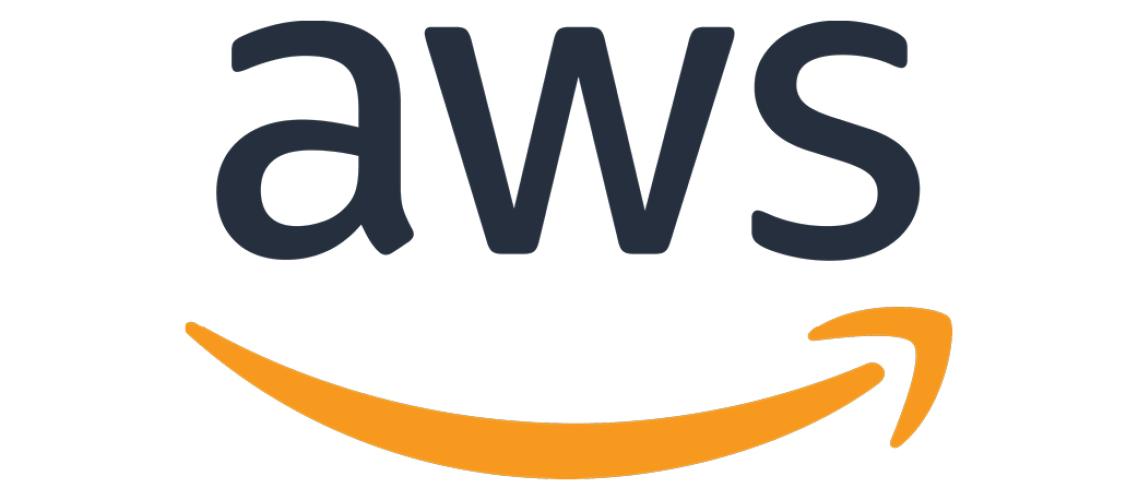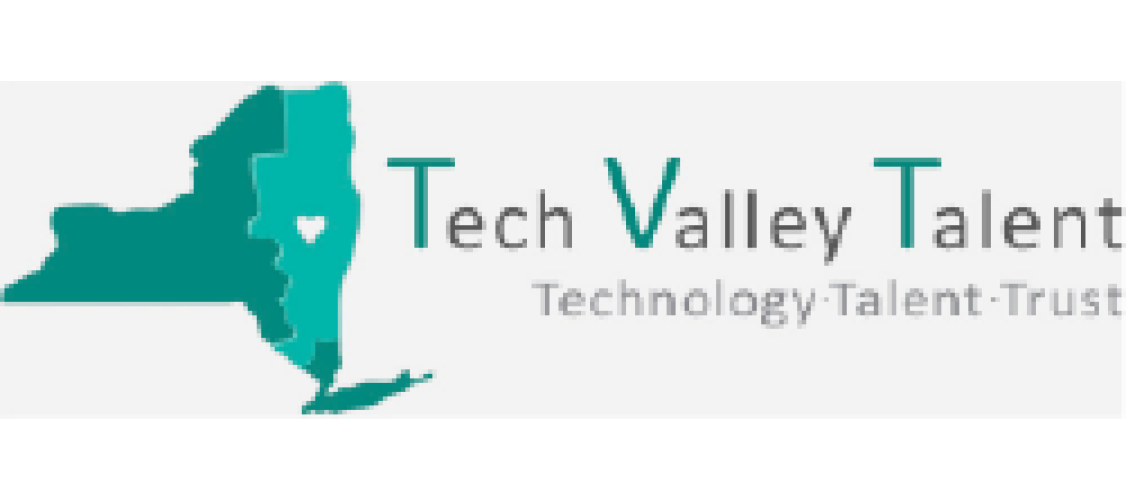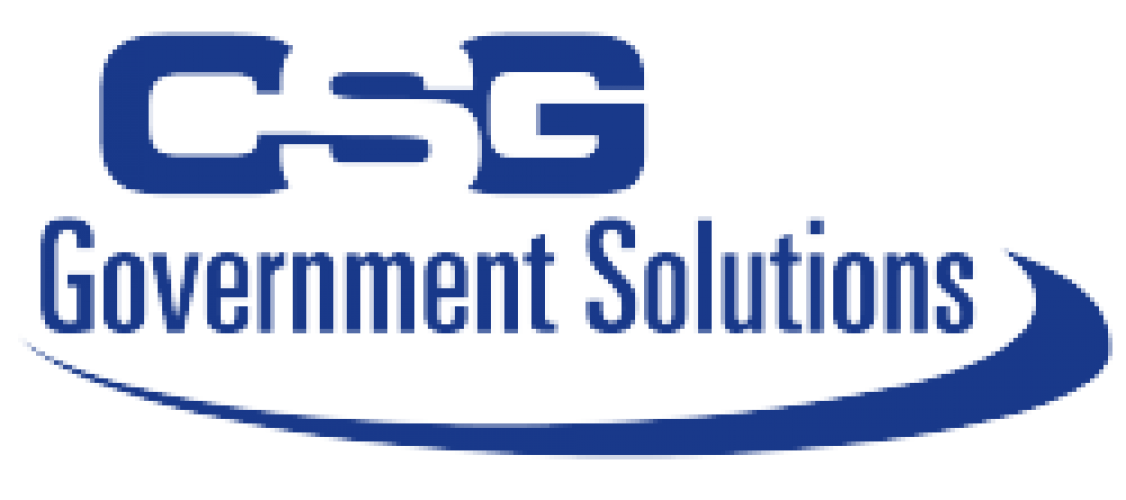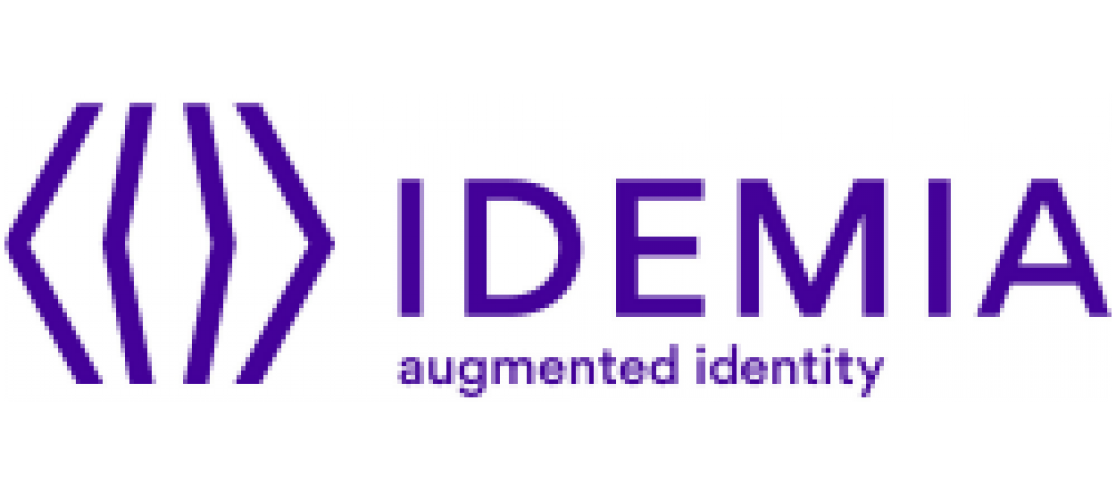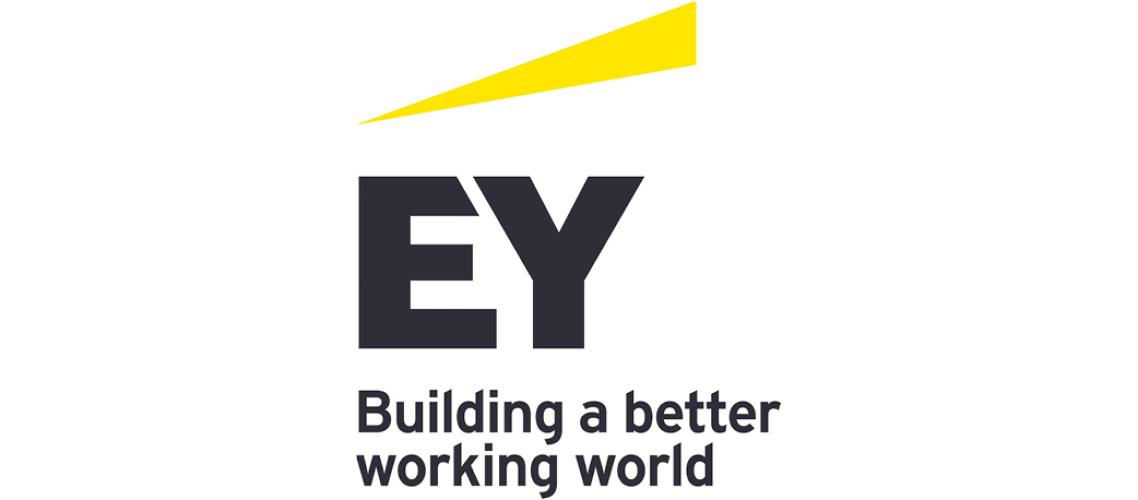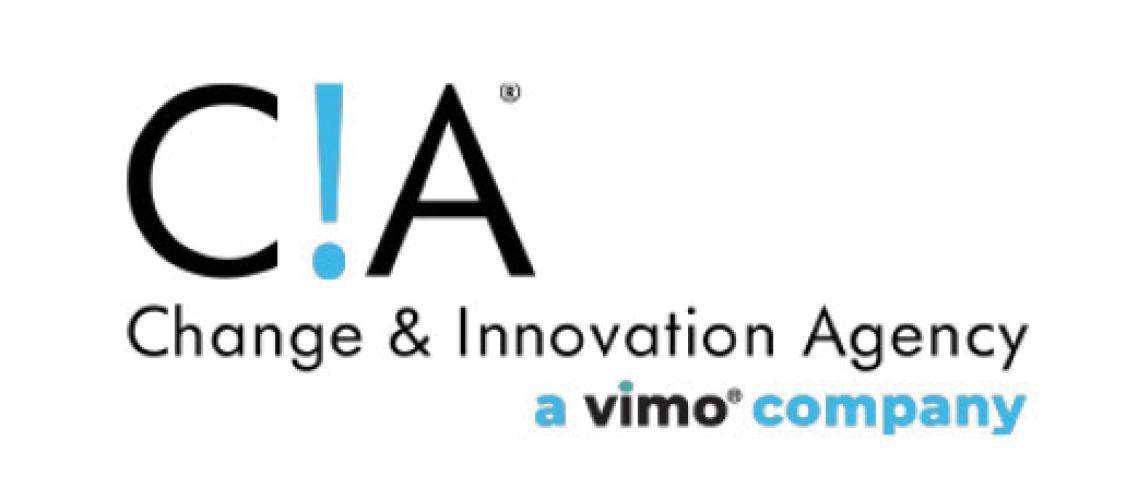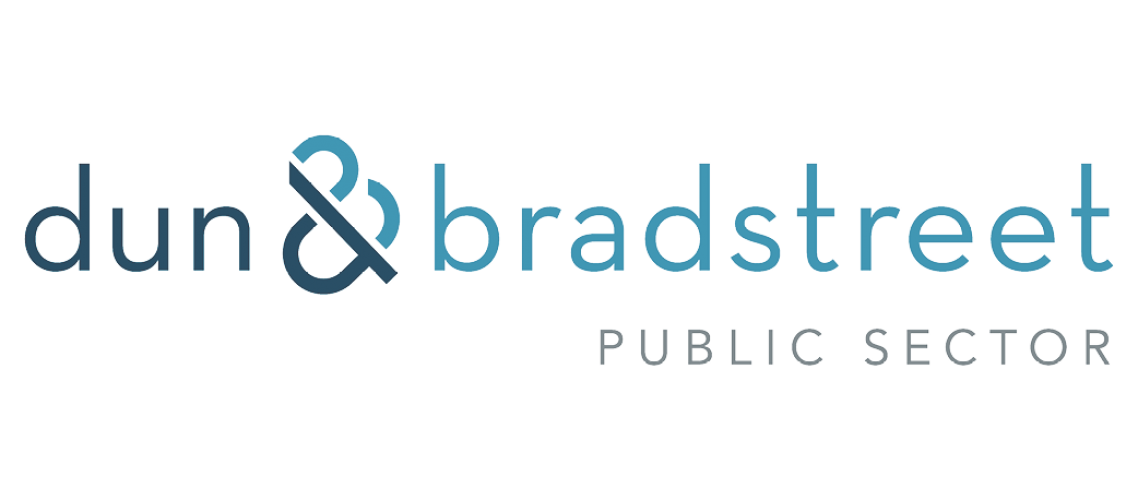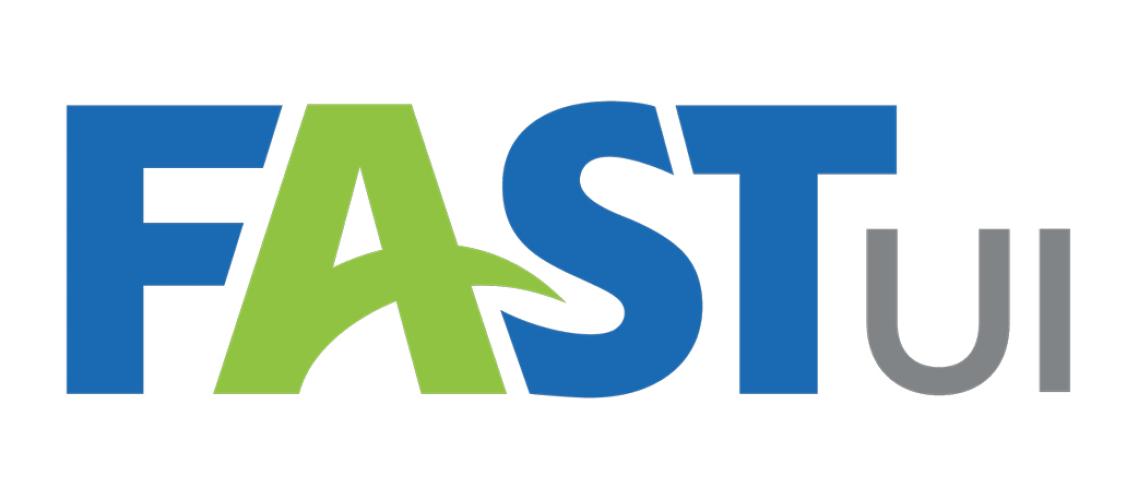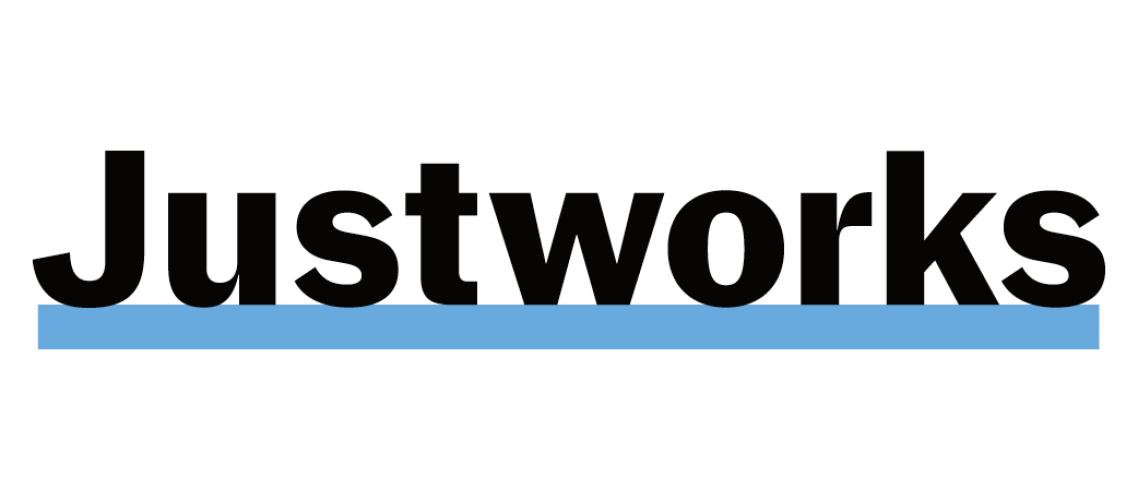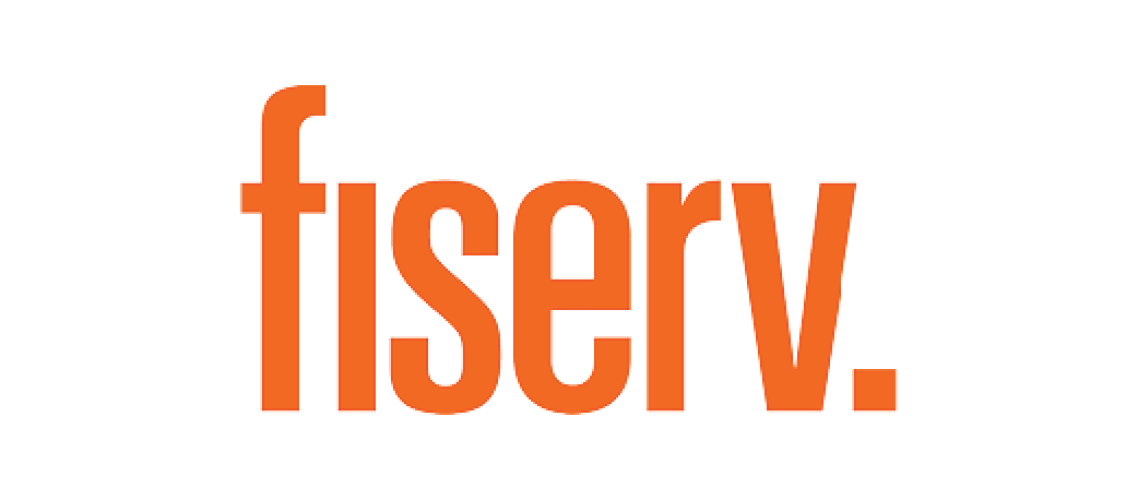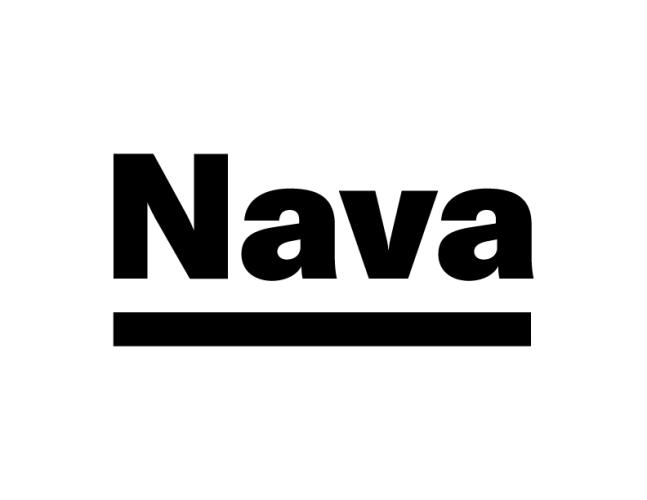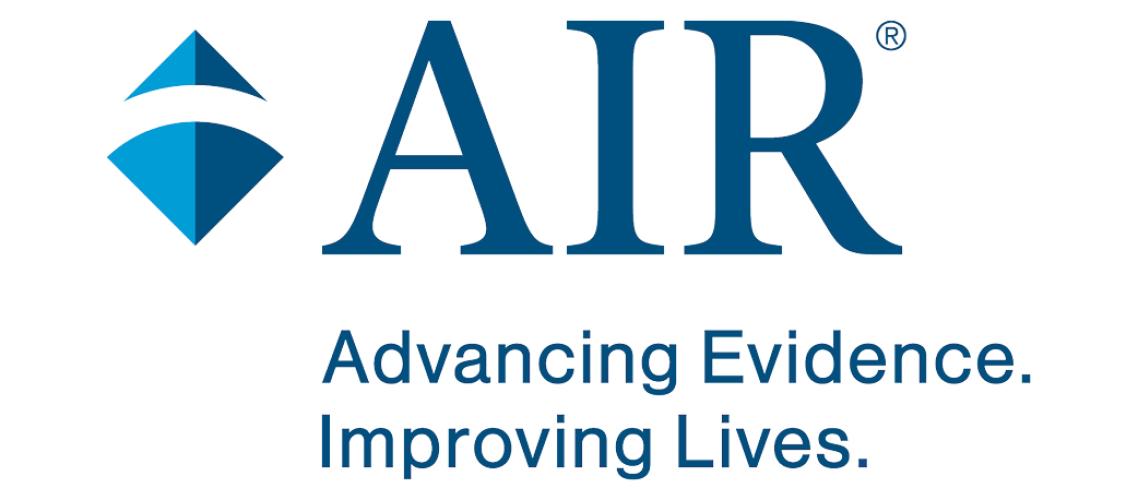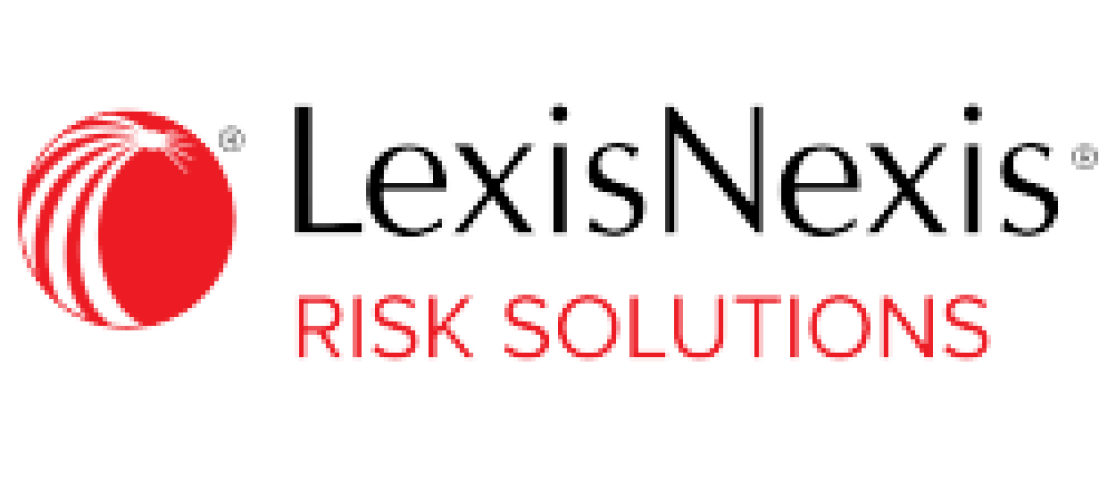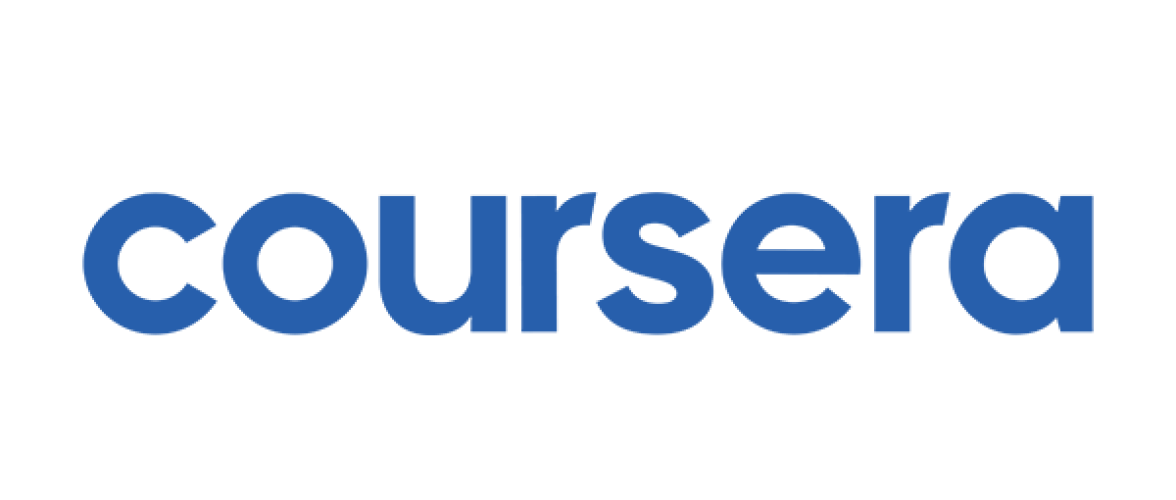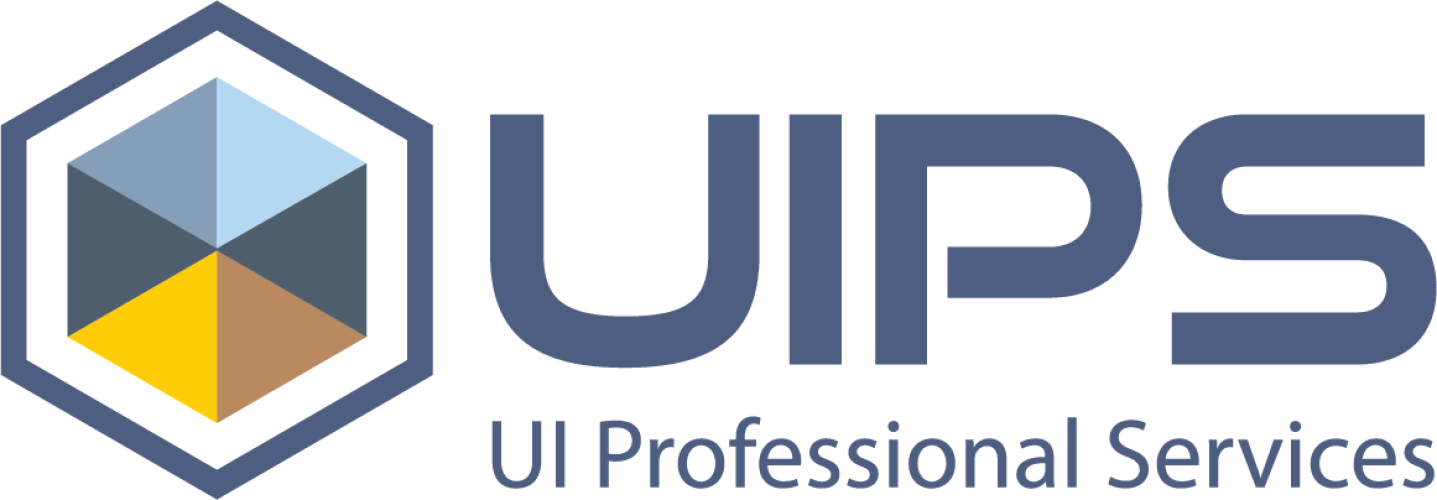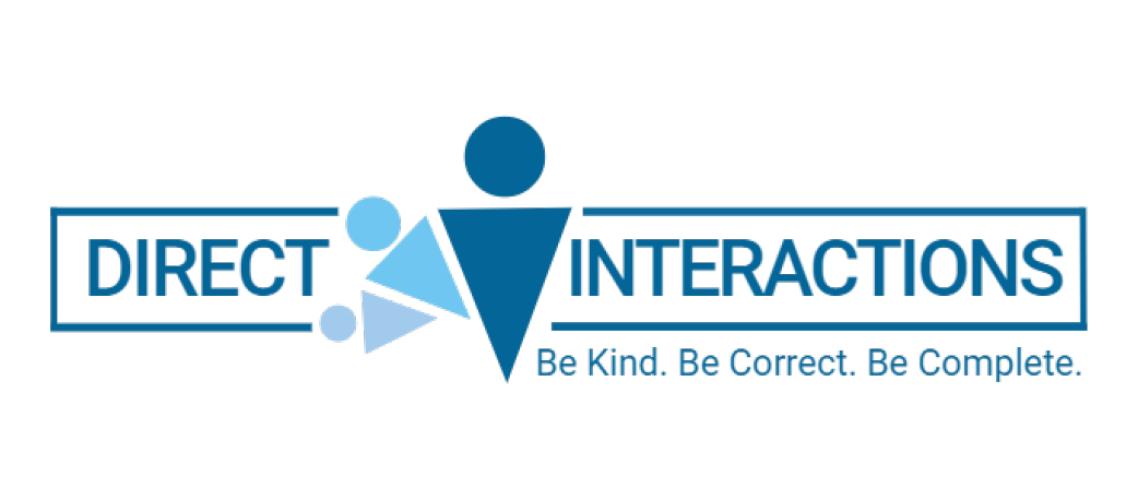The BI Beat - November 2024
Welcome to the BI Beat, a section dedicated to Behavioral Insights in NASWA's monthly newsletter. Here, states can stay informed about the latest developments in the field and learn more about what's happening in the world of Behavioral Insights!
Trusted Voices, Better Choices: UI for Indigenous Communities
Imagine your newborn has colic, and you are desperate for a solution. You do some research online and find a Reddit post offering advice, but something doesn't feel right, and you hesitate. Then, you call your pediatrician, and they give you the same recommendation. This time, you feel confident in the advice and decide to follow it, trusting their expertise over a random internet suggestion.
This is a great example of the messenger effect in action. The messenger effect is a behavioral science principle that posits that the credibility and relatability of the messenger influences how the message is received. People tend to trust and act on advice more when it comes from someone they know, respect, or see as an expert. Factors such as authority, trustworthiness and even similarity play crucial roles in determining the message’s effectiveness.
In the context of unemployment insurance (UI) programs, leveraging the messenger effect could have a significant impact on underserved populations, like American Indian and Alaska Native (AIAN) communities. Over the first quarter of 2024, according to the Bureau of Labor Statistics, a mean of 5.7% per month of AIAN populations were reported to be unemployed, a rate significantly higher than the national average. Despite this, only 1.6% of the 5.1 million people served by the UI system in the first quarter of 2024 identified as AIAN. While there is data about UI applicants from other ethnic and racial groups, there is little about AIAN communities since it was not until 2022 that "AIAN" was considered an ethnic group in the US Census. This lack of data makes it difficult to measure the size of the gap between AIAN communities and other racial/ethnic groups served by government benefit programs, including UI.
While historically immeasurable with census data, findings from interviews and focus groups suggest that many AIAN individuals and communities may not be accessing the benefits they’re eligible for, potentially due to administrative burdens and/or mistrust in the government and its traditional messaging tactics.
Leveraging the messenger effect can help address this gap. Many AIAN individuals may feel disconnected from the message when unemployment insurance information is communicated by unfamiliar or impersonal sources—such as government agencies. However, if trusted community leaders or organizations deliver the information, the message is more likely to resonate. These trusted figures can act as bridges, delivering UI program information in ways that align with cultural values and community needs.
Putting it into Practice
Understanding the impact of the messenger effect can significantly enhance how unemployment insurance programs engage Indigenous populations. Small, behaviorally informed adjustments can improve communication and build trust. Simple, practical strategies include:
- Working with tribal leaders and respected community members to share UI information.
- Doing this can be powerful since they understand Indigenous languages, symbols and storytelling to align with cultural norms.
- Establish ongoing, transparent communication between government agencies and AIAN communities to foster trust over time.
- Provide resources to Indigenous messengers, ensuring they can effectively deliver program information.
- Regularly involve community members in shaping programs to better meet their unique needs.
Applying the messenger effect by working with trusted community figures and using culturally sensitive approaches can increase engagement and trust. This strategy is not only about improving immediate program outcomes but also about building sustainable, long-term relationships between policymakers and Indigenous communities. Approaching the issue this way can help break down barriers, making unemployment insurance benefits more accessible and ensuring these communities receive the support they need.
Findings from the Field
Trusted Messengers in UI. In partnership with the federal government, some states are using the messenger effect to improve equitable access to government benefit programs, particularly among AIAN populations.
The United States Department of Labor (USDOL), through $18 million in ARPA grants, is sponsoring a study of UI Navigators. These UI navigators are helping underserved individuals and communities access UI benefits by holding events, providing trainings and directly assisting UI claimants. Seven states—Maine, New Mexico, Oklahoma, Oregon, Pennsylvania, Washington, and Wisconsin—are part of the study.
In keeping with the messenger effect, navigators are largely hired from and deployed to their own communities, either as new staff at state workforce agencies or through culturally adept sub-grantees. For example, the State of Washington is partnering with an organization, Native Action Network, with direct ties to AIAN communities.
The importance of enlisting trusted messengers builds upon prior research, including this literature review exploring how workforce development programs may use navigation services. Navigators have helped Black, Indigenous and Populations of Color (BIPOC) populations access health and human services, especially when high trust is demanded. In one noteworthy study on COVID-19 vaccination, researchers from California sifted through a trove of data—from town halls, focus groups, surveys, and meetings—drawn from underserved communities. The data aligned: the messenger was critical to building trust in vaccination. USDOL has broad ambitions for the UI Navigator program. The evaluation study, run by Mathematica, hopes to showcase improvements among:
- Workers, by increasing awareness of and access to UI benefits,
- Communities, by expanding participation among marginalized groups, and
- Systems, by rooting out culturally exclusionary barriers.
Depending on the evaluation outcomes, state UI programs may be able to use its results to develop their own navigator programs—improving their systems and successfully reaching AIAN and other BIPOC communities.

Partner with NASWA BI
Navigators may greatly expand equitable access to UI. As is often the case in BI, a significant improvement may come from a simple change. The trick is to listen and adapt.
NASWA BI can help state workforce agencies listen to customers and address their issues with best-practice guidance on focus groups, interviewing, usability testing, and journey mapping. You can find more examples and resources to implement in NASWA’s Behavioral Insights Toolkit.
Reach out to us at integrity@naswa.org to learn how NASWA BI can connect all communities with your message.

